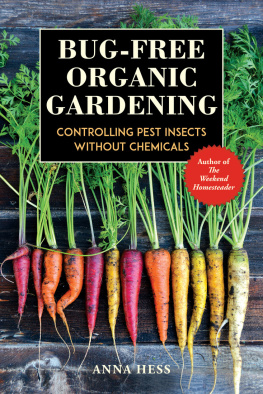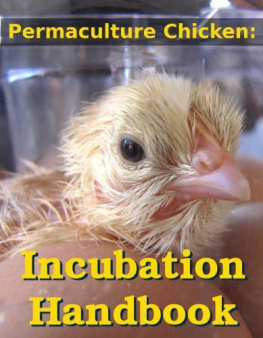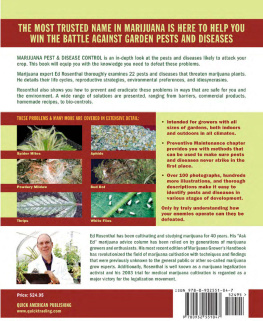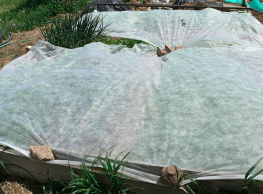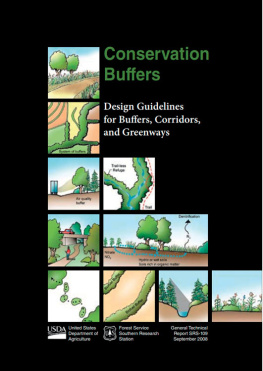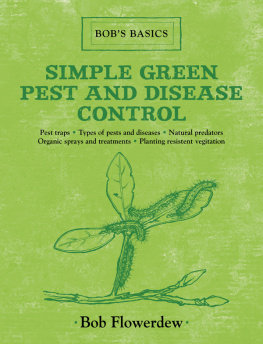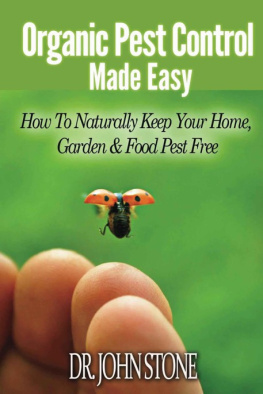
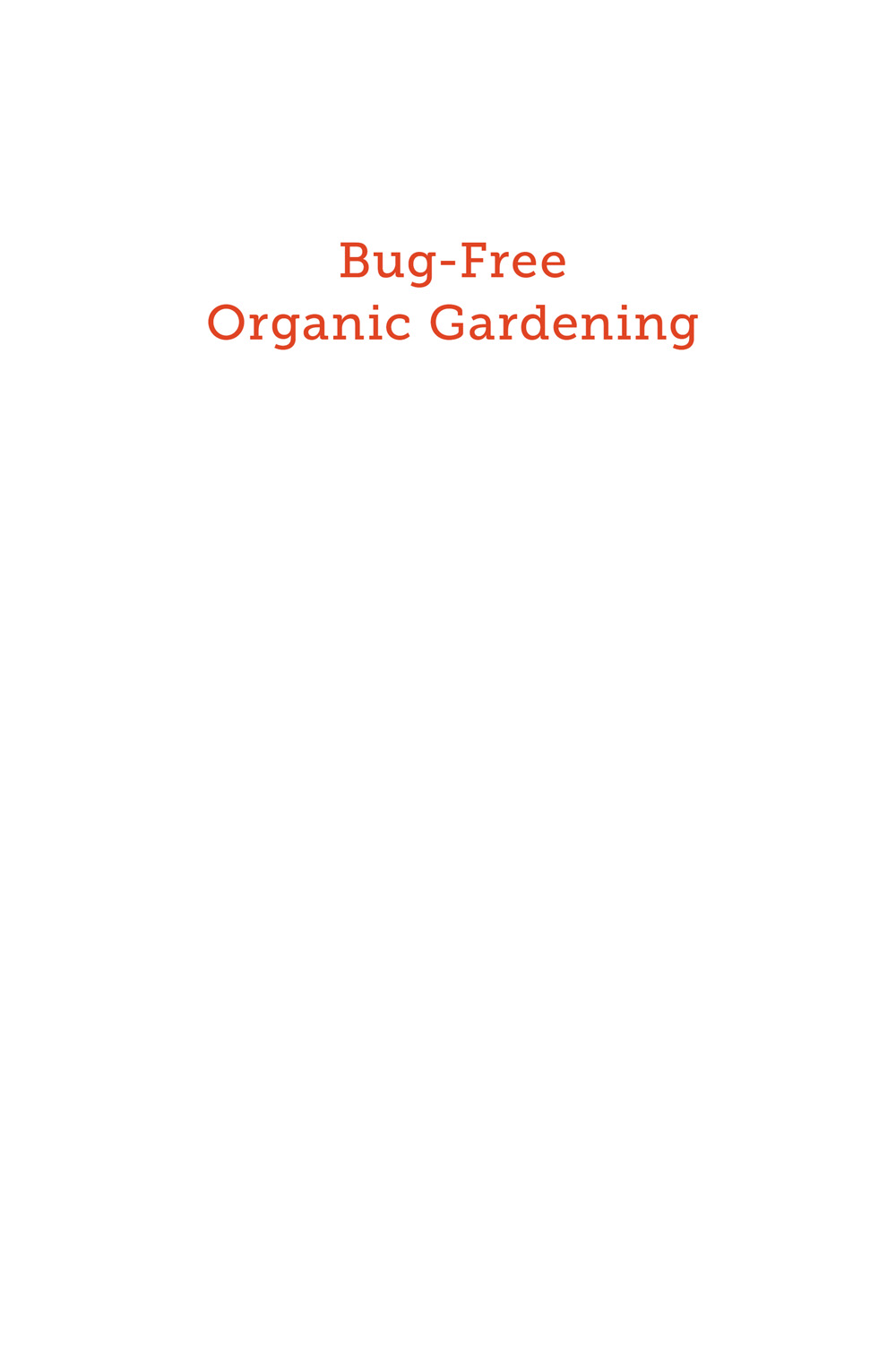

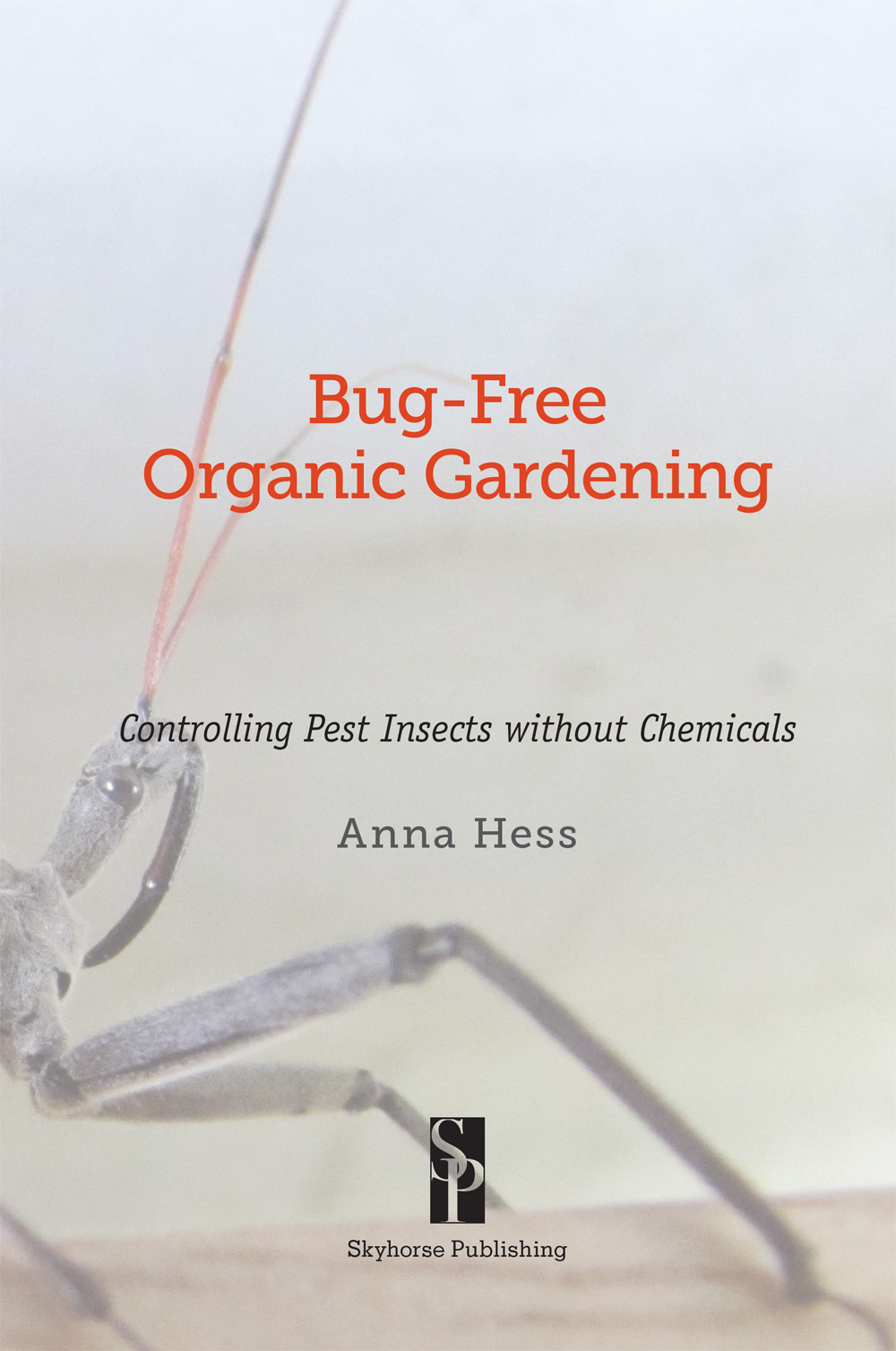
This updated edition 2019 by Anna Hess
Original edition copyright 2015 by Anna Hess
All rights reserved. No part of this book may be reproduced in any manner without the express written consent of the publisher, except in the case of brief excerpts in critical reviews or articles. All inquiries should be addressed to Skyhorse Publishing, 307 West 36th Street, 11th Floor, New York, NY 10018.
Skyhorse Publishing books may be purchased in bulk at special discounts for sales promotion, corporate gifts, fund-raising, or educational purposes. Special editions can also be created to specifications. For details, contact the Special Sales Department, Skyhorse Publishing, 307 West 36th Street, 11th Floor, New York, NY 10018 or .
Skyhorse and Skyhorse Publishing are registered trademarks of Skyhorse Publishing, Inc., a Delaware corporation.
Visit our website at www.skyhorsepublishing.com.
10 9 8 7 6 5 4 3 2 1
Library of Congress Cataloging-in-Publication Data is available on file.
Cover design by Qualcom
Print ISBN: 978-1-5107-4198-0
Ebook ISBN: 978-1-5107-4202-4
Printed in China
Contents
Introduction

Many leaf nibblers, like this bush katydid ( Scudderia sp.), are solitary and go largely unnoticed in the garden.
I nsects are one of the worst problems facing many organic fruit and vegetable growers, and I was certainly no exception at the beginning of my homesteading career. For the last twelve years, my husband and I have grown most of our own food, and some days I was ready to throw in the towel. Our squash plants melted into puddles of wilted leaves just before they set fruit (vine borers at work), tiny grubs defoliated our asparagus fronds (asparagus beetles chowing down), and mysterious insects arrived in the night to eat our Swiss chard leaves (striped blister beetles being bad). Our broccoli was so covered in cabbageworms that it seemed easier to toss the food than to eat it, and Japanese beetles dripped from our grapevines.
Our neighbors told us to spray, but even seemingly safe pesticides like Bt and neem oil gave me the willies. Wasnt there a way to grow our food without any chemical inputs at all?
The answer was yes, but only once we learned to bend a little to natures whims. A garden ecosystem is always going to be at least slightly out of balance because humans have manipulated the soil and landscape to promote productivity, but we can still do our best to bring natural forces to bear against insect pests. My husband and I beat squash vine borers with variety selection and succession planting, we waited for natural predators to defeat the asparagus and blister beetles, we learned to plant our broccoli at a time when cabbage moths were dormant, and we switched over to a variety of grape that Japanese beetles dont enjoy. With these and other techniques, we eventually learned to keep pest insects in check without spraying anything at all. Using the tips in this book, you can do the same in your own garden!
(As a final side note before you delve into the meat of natural insect control, I wanted to alert you to the presence of a glossary in the back of this book. Now and then Ill use a term like permaculture or Bt and will assume you know what Im talking about. If you dogreat! If not, just flip to the glossary for a quick refresher course on these advanced homesteading topics.)
What Is a Naturally Bug-Free Garden?

A praying mantis moved into a bed of buggy beans in search of a high-protein snack.
Is a naturally bug-free garden a spot where no creepy crawlies of any sort reside? Far from it! In fact, if you follow my lead and use the bug-control methods outlined in this book, youll soon see bees on your squash flowers and mantises in your beans. Beneficials will be everywhere.
And your garden wont even really be free of pest invertebrates. Its necessary to keep the bad guys around in low numbers in order to attract the good guys, so youll still see the occasional slug and cucumber beetle. On the other hand, youll no longer find plants so overcome by the bad bugs that they cant hold their heads up high, so you might stop noticing the pests entirely as nature takes over the job of keeping bad-bug populations in check.
When it comes right down to it, the only thing a naturally bug-free garden is really free of is the gardeners need to wage war against pests. Its the gardener , not the garden, who is set free. And that freedom is what we were really looking for all along, isnt it?
PART 
The Garden Ecosystem

The presence of centipedes and other predators is a sign your garden is in balance.
Chapter 1:
Identifying Your Bugs

I was concerned when I first noticed these dark scales on dead asparagus stalks, but I soon realized they were simply the eggs of the innocuous katydid that sings me to sleep on autumn nights.
M any new gardeners assume that every bug is a bad bug, but the truth is that a significant number of the creepy crawlies youll find on your vegetables are either random passers-by, are beneficial pollinators, or are predators of leaf nibblers. The trick is to know the difference, and to understand how larger animals fit into the complex web of garden life.
Since its so easy to mistake good bugs for bad bugs, my first rule when dealing with garden insects is to identify everything I see. Bug-Free Organic Gardening is too short to introduce every garden character, but this chapter will at least give you a frame of reference to fit unidentified bugs into, along with an idea of key identification resources. Between the identification tips found here and the profiles in later chapters of common garden friends and foes, you should soon be able to name most critters that show up in your yard.
Types of Invertebrates

The most common types of invertebrates visible to the naked eye in a garden are annelids (worms), mollusks (snails and slugs), myriapods (centipedes and millipedes), arachnids (spiders and mites), crustaceans (woodlice and crayfish), and insects.
Your first step when you find an unknown bug should be to figure out which large categories the animal fits into. Starting at the top, nearly all garden bugs are known as invertebrates because they have no backbone. (I incorrectly call them bugs throughout this book when Im not feeling very scientific.)

